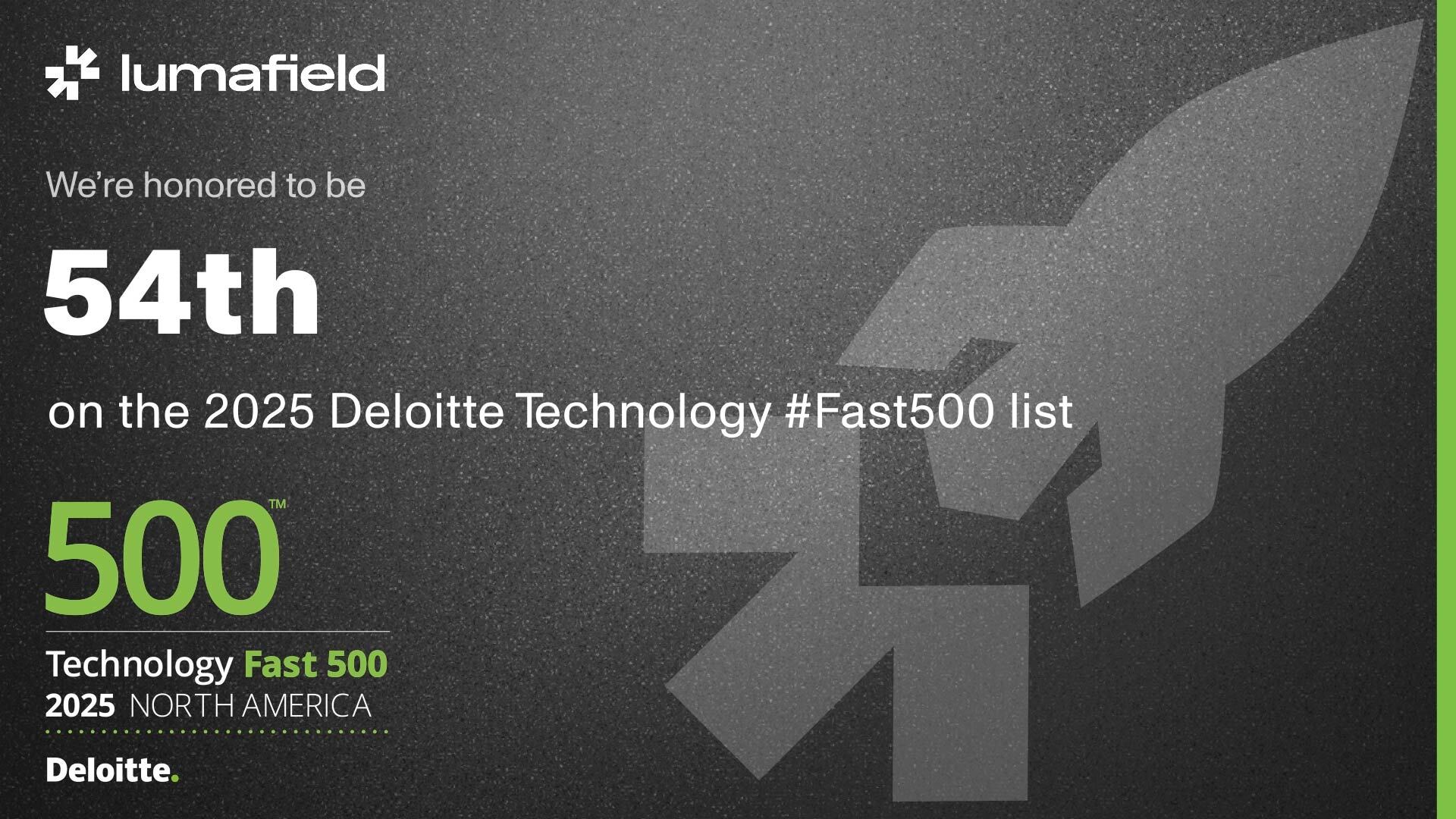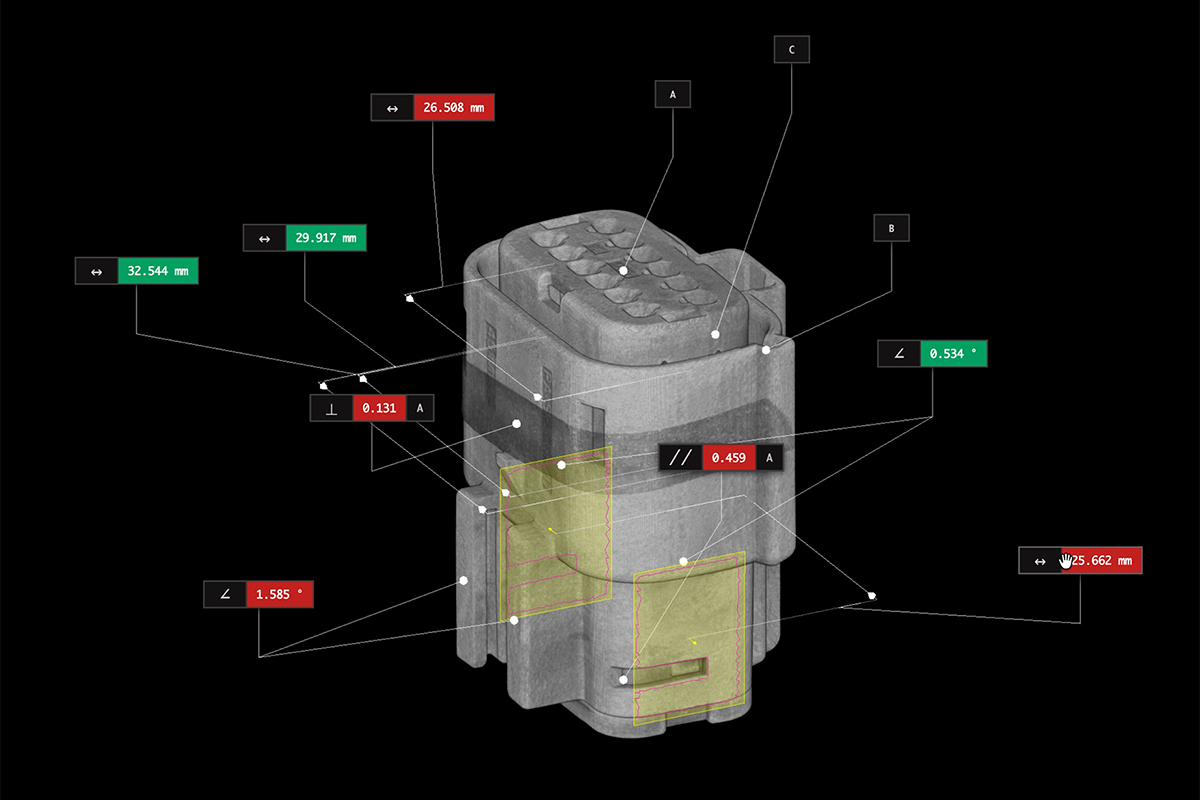Webinar: Inspecting 3D printed parts with industrial X-ray CT
On-demand webinar
Industrial X-ray CT technology gives engineers a formidable tool for analyzing the internal structure of their parts. This advanced inspection technique allows you to detect dimensional inaccuracies, trapped powder, closed channels, and invisible porosity, ensuring optimal quality and performance.
Recent advances in additive manufacturing have allowed it to transcend prototyping and find applications in large-scale production. 3D printing presents numerous advantages, including cost-effective low-volume production and rapid product development cycles, along with the ability to create intricate components that traditional molding or machining techniques cannot achieve.
In this webinar, Lumafield Co-Founder and Head of Product Andreas Bastian delves into the features of our Neptune industrial CT scanner and Voyager analysis software, demonstrating the range of applications our platform has in analyzing components created through Selective Laser Sintering (SLS), Multi Jet Fusion (MJF), and Metal Laser Sintering (MLS).
In this webinar, Lumafield Co-Founder and Head of Product Andreas Bastian delves into the features of our Neptune industrial CT scanner and Voyager analysis software, showing that industrial CT is the ideal companion to a wide range of 3D printing processes, including Stereolithography (SLA), Selective Laser Sintering (SLS), Multi Jet Fusion (MJF), Direct Metal Laser Sintering (DMLS), and Fused Deposition Modeling (FDM).
In this webinar you’ll learn about:
- Mastering Particle Characteristics: Understanding the physical attributes of the particles used in powder-bed 3D printing is vital to successful production. Our industrial CT technology provides insights into the shape of these particles and their interplay, essential factors for optimizing a 3D printing process and the strength of its resulting parts.
- Identifying Porosity and Structural Weaknesses: Industrial CT detects minuscule pores and potential material weaknesses. This early identification allows for improvements in the 3D printing process, preventing possible points of failure and enhancing the final product's durability and lifespan.
- Analyzing Material Density: Industrial CT permits the visualization and quantification of the density distribution within 3D printed parts. This capability is crucial for applications requiring superior structural integrity, aiding in the optimization of part design and material usage.
- Inspecting Design Deviations: Our Voyager software allows for a precise comparison between the original CAD model of a part and the part as actually produced. This technique quickly identifies deviations, ensuring accuracy in design implementation and high-quality results.
For a detailed exploration of these topics, including an in-depth Q&A session where we answer technical questions, watch the complete webinar above. Interested in learning how CT can help you improve your designs and take control of your manufacturing? Contact Lumafield to set up time with a CT expert.









